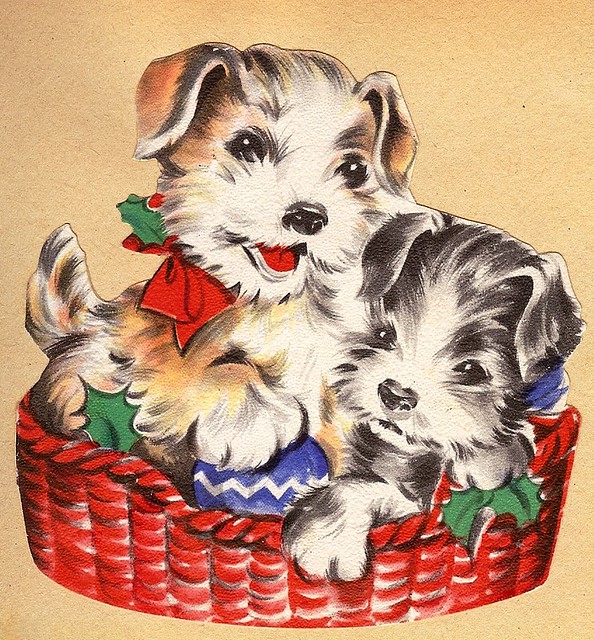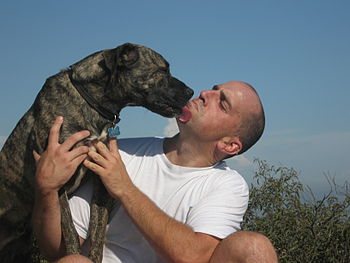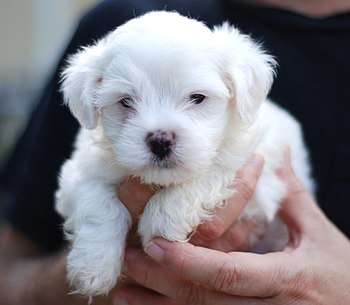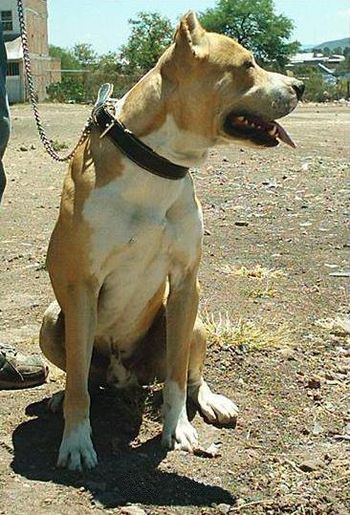 |
| Cockapoo at 12 weeks old (Photo credit: Wikipedia) |
A crossbreed like the Cockapoo is also less likely to have many of the genetic problems that purebred breeds do (something called hybrid vigor). In fact, other than the normal care for a dog (grooming, cleaning ears, safety, exercise) Cockapoos have no particular health concerns, though it should be noted that without consistent care and cleaning of the ears, Cockapoos can develop ear infections, thanks to long floppy ears from the Cocker Spaniel side.
Cockapoos can live 18-22 years and come in different types: Teacup Toy (height less than 10 inches and weight under 6 pounds), Toy (height 11 to 14 inches, weight under 12 pounds) and Standard (height over 15 inches and weighs over 12 pounds).
Since the Cockapoo is a mixed breed dog and there is currently no breed standard, there are variations in the build of the dog ranging from slim to stocky. The Cockapoo can also be bred with three different coats: a tight curly coat, a medium curl and a flat coat. Though different in style and color, all of the coats are less likely to shed, making them consideration for allergy sufferers.
However, Cockapoos, like all dogs, will have dander (though considerably less than other breeds of dog), a potential allergen. The longhaired coat should be trimmed regularly to prevent matting.
Cockapoos enjoy being around people and their intelligence makes them easy to train. Though active dogs, Cockapoos do not require large outdoor spaces to run around in and are good in apartment settings, provided they are walked at least once a day. It is the friendly personality - as well as forgiving nature and loyalty - that makes it an ideal family pet for those with children and other animals. Even when left alone for extended periods of time, Cockapoos are generally not destructive, though can become anxious so crating is recommend if leaving a Cockapoo alone for more than four hors at a time.
|



















